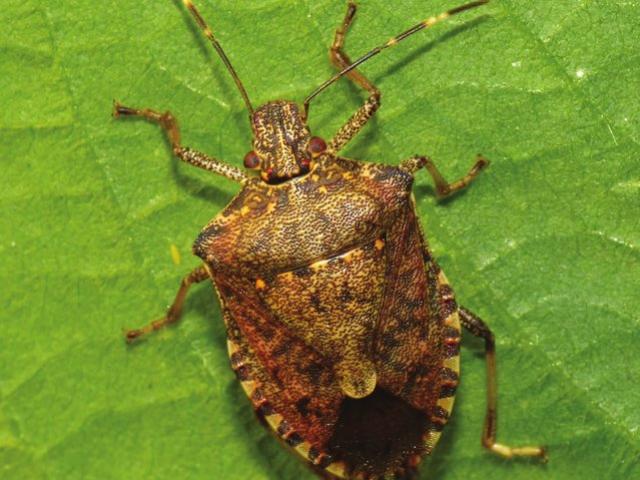August 18, 2020

Stink bugs like to feed on the developing soybean seed, leading to wrinkled or shriveled seed. There are many types of stink bugs, but Ohio’s most common stink bugs include the green, the brown and the brown marmorated. Also, stink bugs have nymphal stages that can look very different than the adults—nymphs are smaller and lack wings but feed all the same, if not more, than the adults.
Scouting
To look for stinkbugs, take a set of 10 sweeps in 10 different areas of the field (although stink bugs are mostly found along the edges, they can also be found in the interior of the field). If the average number of stink bugs is higher than 4 per set of 10 sweeps, treatment is necessary (this decreases to 2 per set of 10 sweeps if soybean is grown for seed or food grade). Ohio State University has more information on stink bugs in soybean, including helpful guides for identification.
Originally posted by Ohio State University
The source is solely responsible for the information provided and is wholly owned by the source. Informa Business Media and all its subsidiaries are not responsible for any of the content contained in this information asset.
You May Also Like




